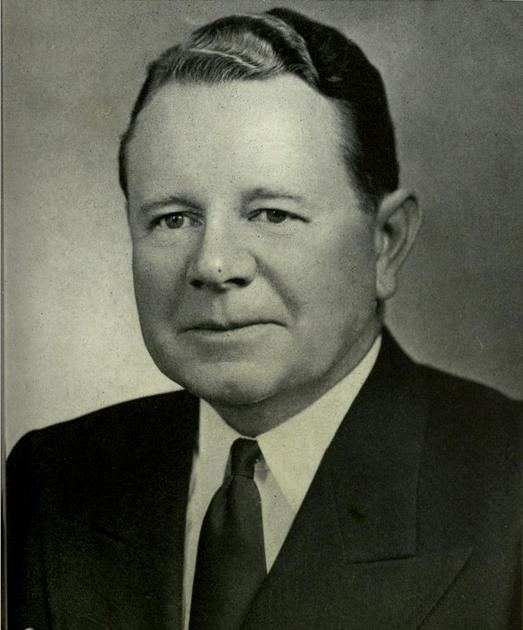Name John Sullivan Role United States Navy | ||
 | ||
Similar People Francis P Matthews, J William Middendorf, Charles Francis Adams III, Fred Korth, Paul Robert Ignatius | ||
John Lawrence Sullivan (June 16, 1899 – August 8, 1982) was Assistant Secretary of the Navy (AIR) 1946-47 and the first Department of Defense Secretary of the Navy in the Truman Administration 1947-49. He was appointed to that position upon Secretary Forrestal's installation as the first Secretary of Defense. He resigned in protest after the second Secretary of Defense, Louis A. Johnson, canceled the heavy aircraft carrier United States. This event was part of an interservice conflict known as the Revolt of the Admirals.
Sullivan's major contributions to the Navy's future directions include the advent of naval nuclear propulsion. In 1947, then-Captain Hyman G. Rickover went around his chain-of-command and directly to the Chief of Naval Operations, Fleet Admiral Chester Nimitz, by chance also a former submariner, to pitch his ideas for creating a nuclear-powered warship. Nimitz immediately understood the potential of nuclear propulsion and recommended the project to Sullivan, whose endorsement to build the world's first nuclear-powered vessel, USS Nautilus (SSN-571), later caused Rickover to state that Sullivan was "the true father of the Nuclear Navy."
Biography
Born in Manchester, New Hampshire, he was an alumnus of Dartmouth College. He died on August 8, 1982.
A biographical book entitled A Different Time, A Different Man written by Stephen Clarkson (published 2012) chronicles the life of Sullivan.
